Establishment of a Rain Water Harvesting System at Boosa Maha Vidyalaya, Galle, Sri Lanka
| Project Area | Boosa Maha Vidyalaya, Galle |
| Duration | June - August 2010 (2 months, Project Completed) |
| Funded by | Stichting Waterhelp |
| Objectives | This project was to install a rainwater harvesting system with following objectives;
|
| Activities and Results achieved | Figure 1, shows the final implemented RWH system including the roofs that were used and connection to collecting tanks. The excess overflow (when the collecting tanks are full) of the 3 cement tanks were connected to the well. In this way as much rainwater as possible would infiltrated thus building an extra groundwater buffer for drier times. |
 Figure 1: Plan of the final implemented RWH system at Boosa School |
|
| 1. Installation of the Valence Boards | Activity: Not all roofs on the Figure 1 had rainwater gutters. These were installed, but some of the roofs also did not have the required valence board to attach the gutters. This was the first phase of the project and was undertaken by Boossa School. Results: Boosa School installed valence board on the roof areas of RA 3, 5, 8, 9 and ½ of RA11. |
| 2. Installation of the RWH system | The work commenced on the 7th of June 2010, in consultation with Boosa school. RWH system designed for the school was modified to accommodate the changes requested by Boosa school to the original plan. Activities: Following is a list of activities that were carried out.
Results: Following are the results of these activities.
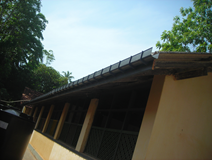 Photo 1: Gutters installed Tank no. 2 supply water to staff quarters. 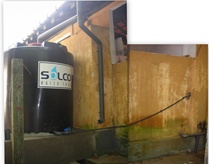 Photo 2: Tank No 1 providing water to class room sink 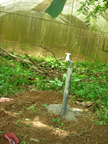 Photo 3: Tap stand near poly tunnel  Photo 4: Tank No. 5 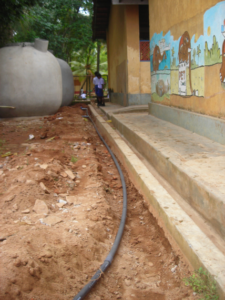 Photo 5: Tank No. 3 & 4 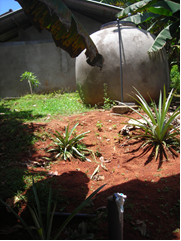 Photo 6. Tank No 6 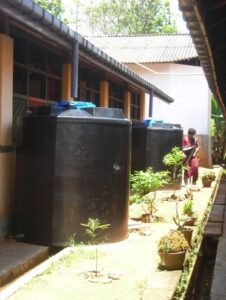 Photo 7: Tanks 7 & 8  Photo 8: Tank No. 9 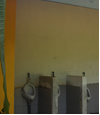 Photo 9: Urinals 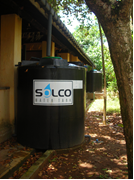 Photo 10: Tank No. 10 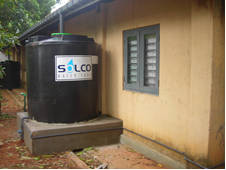 Photo 10: Tank No.11  Photo 12: Stop valve  Photo 13: Gully 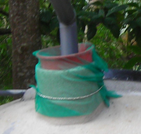 Photo 14: Debris filter for cement tank  Photo 15: Debris filter for plastic tank 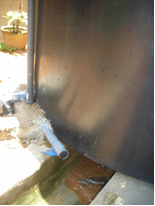 Photo 16: Over flow of tanks  |
| 3. Awareness program | Activity: The awareness program consist of two parts: 1. A maintenance training performed by LRWHF prior to commissioning; 2. An awareness program conducted by the school to the pupils and teachers Results: LRWHF masons instructed the workers on operation and maintenance of the system during construction. |
| 4. Maintenance program | Activity: The awareness program consist of two parts:
Results: Instruction manual on how to operate the first flush, clean the filters and clean the tank was handed over to the School Principal along with leaflets and Manual of rain water harvesting in Sinhala |
